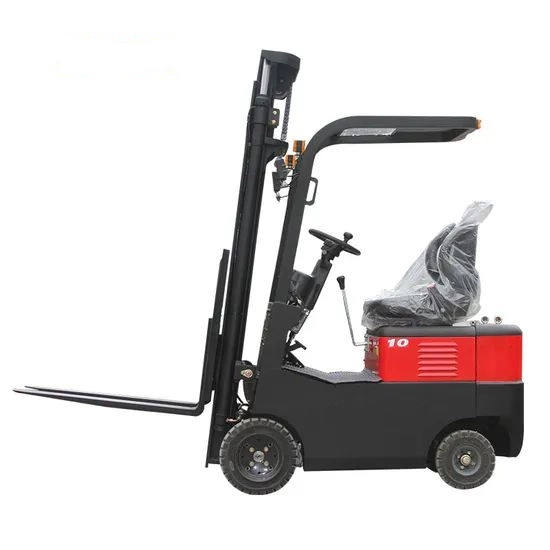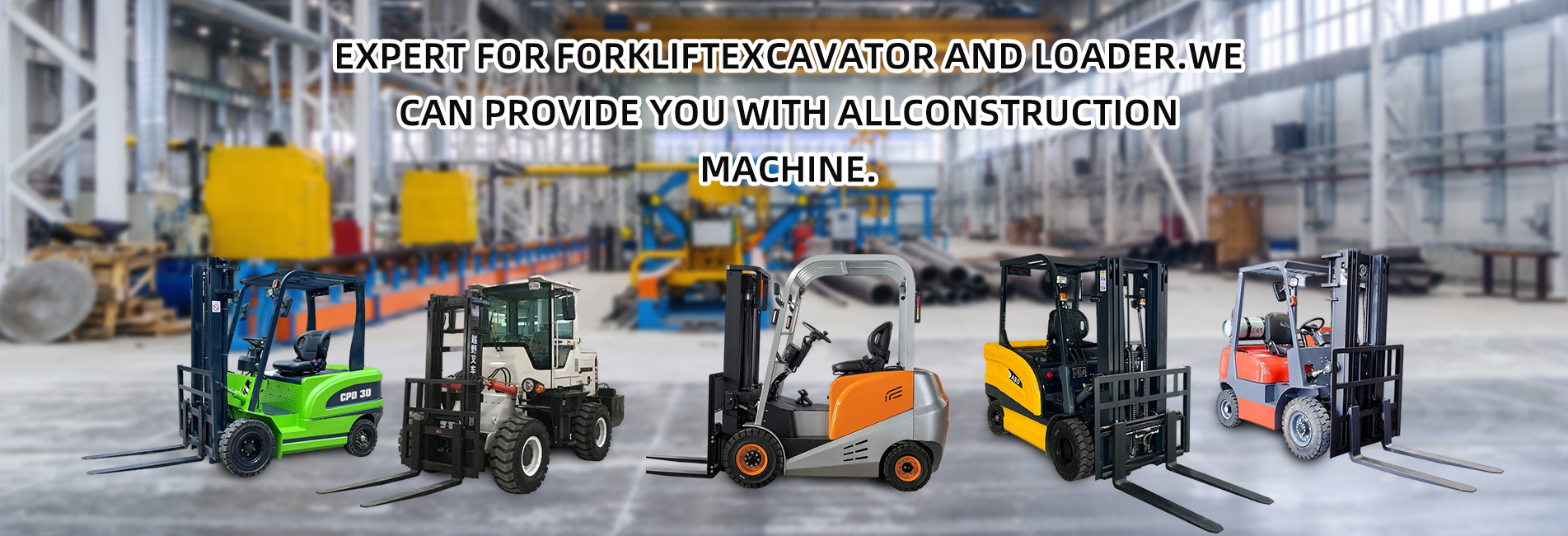When choosing an electric forklift, it is necessary to comprehensively consider various factors such as the working scenario, usage requirements, cost budget, and maintenance conditions to ensure that the selected equipment can efficiently adapt to the actual work. The following is a detailed analysis from key dimensions to help you make a more reasonable decision:

I. Clarify the working scenario and core needs
Different scenarios have significantly different performance requirements for electric forklifts, and the following core information should be sorted out first:
Working environment
- Indoor/outdoor: For indoor environments (such as warehouses and workshops), priority should be given to electric forklifts with low noise and zero emissions; for outdoor environments involving rain, snow, high or low temperatures (such as cold storage, high-temperature workshops), attention should be paid to the weather resistance of the battery (for example, lithium batteries are more adaptable to environments from -40℃ to 60℃) and the waterproof rating of the forklift (IP54 or above is recommended).
- Ground conditions: Standard tires can be selected for flat concrete floors; for rough roads or ramps (with a slope > 5°), it is necessary to enhance the tire grip (such as pneumatic tires) and pay attention to the climbing power of the forklift (motor power and torque).
- Space constraints: Narrow passages (width < 3 meters) are suitable for three-way stacking forklifts or reach trucks, which have a small turning radius; high rack storage (height > 6 meters) requires high-level order pickers, equipped with a precise lifting control system.
Work intensity and frequency
- Daily working hours: For short-term intermittent operations (such as < 4 hours per day), lead-acid batteries or entry-level lithium batteries can be used; for continuous high-intensity operations (such as 8-12 hours per day), priority should be given to lithium batteries that support fast charging (fully charged in 1-2 hours) to avoid downtime caused by the long charging time of lead-acid batteries.
- Load and lifting height: select the corresponding model according to the maximum cargo weight (such as 2 tons, 3 tons) and shelf height. Overloading or over-height operations will significantly shorten the service life of the equipment.
II. Key comparison of battery types (continued from the previous text)
| Dimension | Lead-acid battery | Lithium battery (taking lithium iron phosphate as an example) |
|---|---|---|
| Initial cost | Low (about 1/3-1/2 of lithium batteries) | High (large initial investment) |
| Long-term cost | High (needs replacement in 3-5 years, high maintenance cost) | Low (service life of more than 10 years, maintenance-free) |
| Applicable scenarios | Low-frequency, limited budget, normal temperature indoor operations | High-frequency, high/low temperature, need for fast charging, high environmental protection requirements |
| Impact on forklift weight | Increases the weight of the forklift, which may affect flexibility | Light weight, improves forklift mobility |
Decision suggestions: Choose lead-acid batteries for short-term use and tight budgets; choose lithium batteries for long-term use and pursuit of efficiency and low maintenance (especially suitable for high-frequency operation scenarios such as e-commerce warehousing and cold chain logistics).
III. Selection of core parameters and configurations of forklifts
Motor and power system
- Drive motor: DC motors (low cost, simple maintenance) are suitable for low-speed operations; AC motors (high efficiency, long service life, precise speed regulation) are suitable for high-speed and frequent start-stop scenarios (such as logistics sorting).
- Lifting motor: The power needs to match the load. Models with fast lifting speed (such as 0.5m/s) can improve stacking efficiency but consume more energy.
Control and safety configurations
- Operation mode: Stand-up forklifts are suitable for short-distance and fast operations; sit-down forklifts are suitable for long-time operations with better comfort.
- Safety functions: Essential functions include emergency power-off switches, anti-rollover stability systems (SSS), and fork limiters; high-end models can be equipped with cameras (blind spot monitoring) and speed-limiting devices (to adapt to crowded factory environments).
Summary
The selection of electric forklifts needs to balance the relationship among "demand - cost - efficiency": For high-frequency operations and long-term use, choose lithium batteries + AC motors + high safety configurations; for low-frequency operations and limited budgets, choose lead-acid batteries + DC motors + basic models. At the same time, combining brand after-sales service and localized services can maximize the use value of the equipment.


